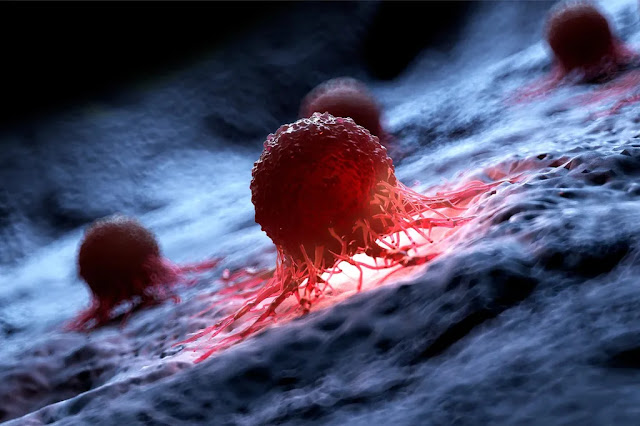Vitamin C: Anti-Inflammatory and Anti-Cancer

Vitamin C is an essential water-soluble nutrient that's also known as ascorbic acid. The body uses it as an antioxidant to protect against damage caused by free radicals or reactive oxygen species (ROS). A 2022 study published in Nutrients revealed that the administration of vitamin C could also help against oxidative stress by protecting the body's vitamin E stores and promoting utilization. Most mammals can synthesize their own vitamin C, but humans must get it from their diet. According to Oregon State University, 2 it is an essential factor in many enzyme reactions, and several cohort studies have shown that it's associated with a lower risk of cardiovascular conditions such as stroke, high blood pressure and coronary heart disease. Studies have suggested that vitamin C may be used alongside other conventional medical treatments to lower the risk of heart injury after cardiac procedures and regular use of a vitamin C supplement can shorten the length of the common co


